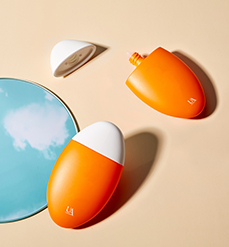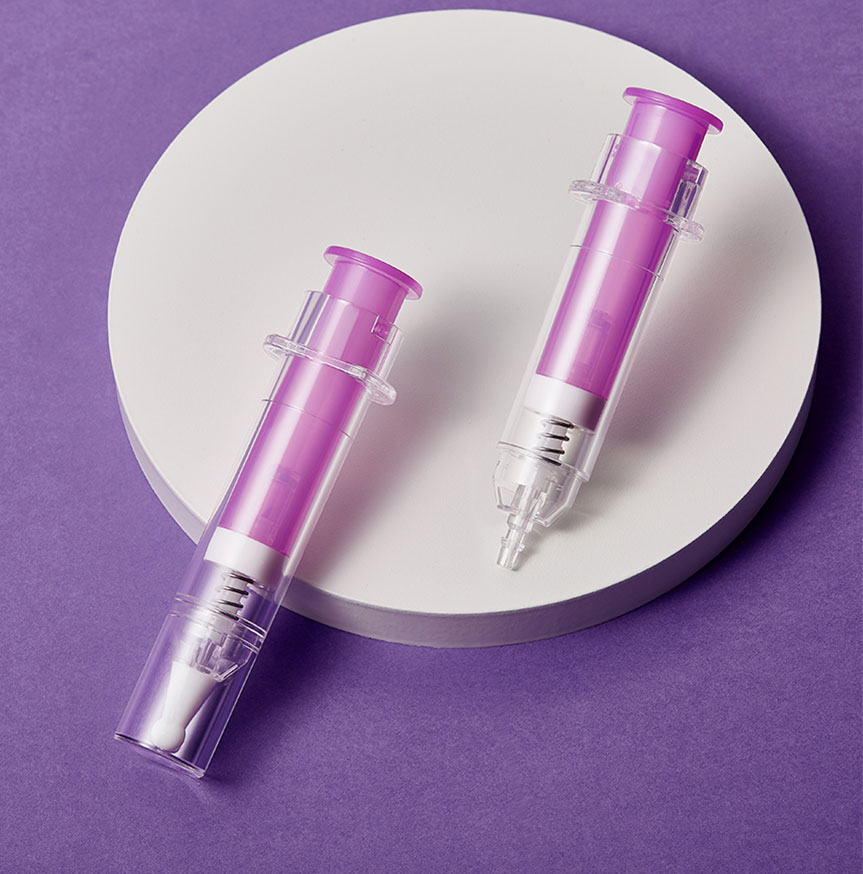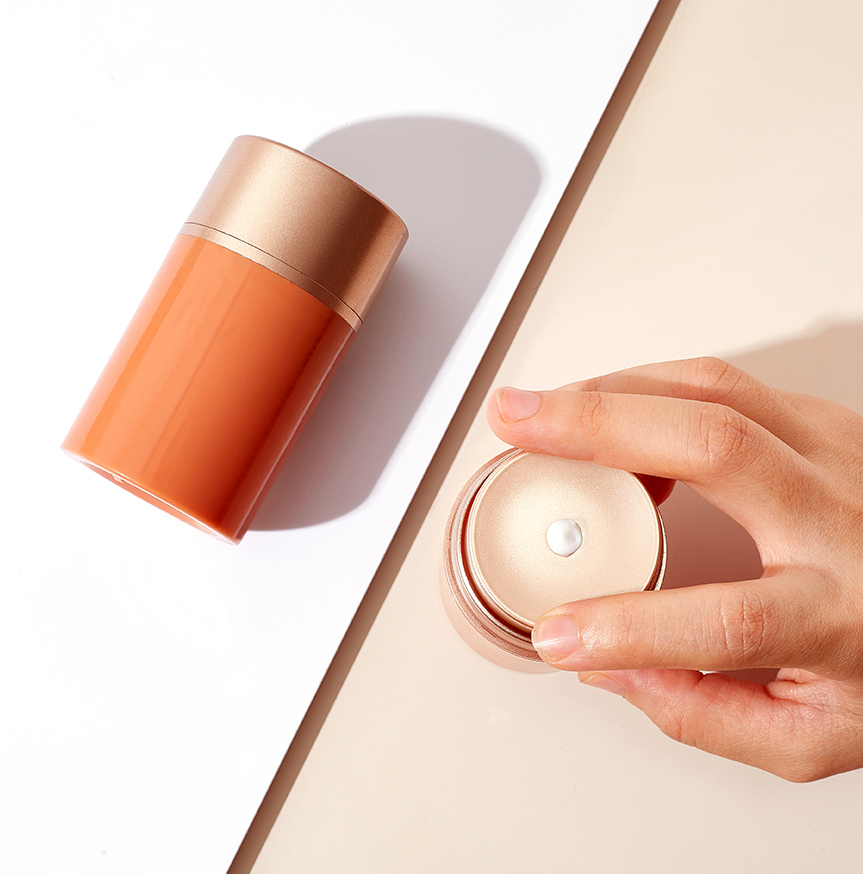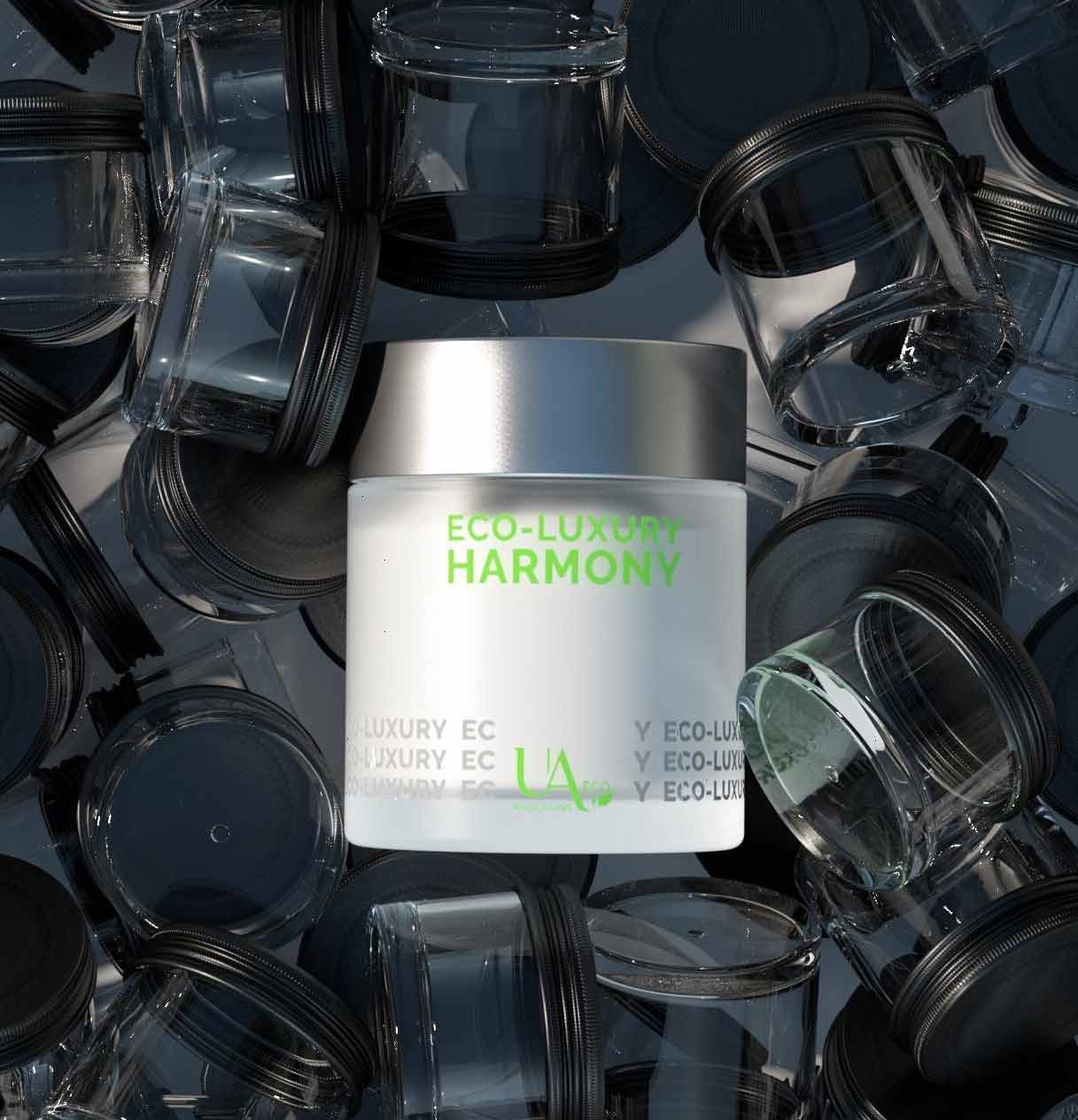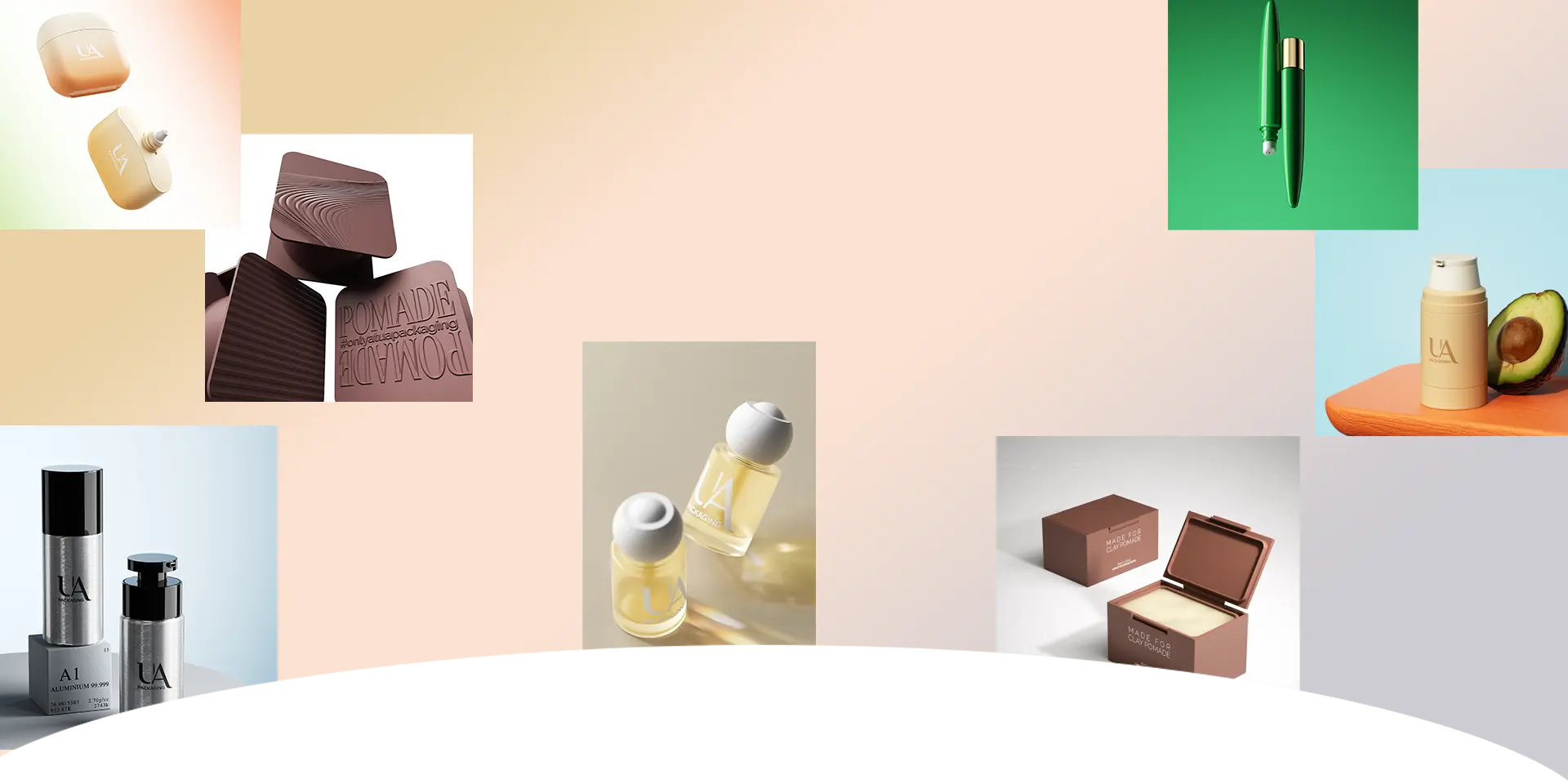In today's rapidly advancing field of materials science, selecting the right materials can save end customers a lot of testing work. However, compatibility testing is an essential step that cannot be overlooked. Compatibility testing ensures that skincare packaging bottles do not have adverse reactions with their contents, thereby guaranteeing the safety and efficacy of the product. This article explores compatibility testing for skincare packaging bottles and its importance.
What is Compatibility Testing for Skincare Packaging Bottles?
Compatibility testing for skincare packaging bottles refers to the assessment of interactions between the packaging materials and the skincare product contents. This includes chemical compatibility, physical compatibility, and biological compatibility.
Chemical Compatibility
This involves evaluating whether the chemical components or degradation products of the packaging material react with the ingredients in the skincare product, potentially affecting the quality of either the product or the packaging. Common signs include changes in the appearance or odor of the packaging or product. For instance, the material might turn yellow or a pink package might discolor.
Biological Compatibility
This refers to the migration of certain substances from the packaging material into the skincare product, which could negatively impact users. This is often indicated by the release of harmful substances exceeding cosmetic hygiene standards. Migrating substances may include plasticizers, residual solvents, volatile organic compounds, and harmful metal elements. For example, colorants in plastics might leach into the contents, causing a shift in color.
Physical Compatibility
This involves physical changes such as permeation, adsorption, cracking, or dissolution occurring between the packaging material and the product. These phenomena are often misinterpreted as chemical incompatibility due to their visible and intense reactions. For example, cracks or stress fractures may appear on the surface of skincare packaging bottles.
Trends in Compatibility Testing for Skincare Packaging Bottles
As market demands continuously evolve, compatibility testing for skincare packaging bottles is also developing and optimizing.
Shortened Testing Time
In a market with rapid product turnover, companies aim to quickly capture market share. Hence, testing must be "fast and accurate." Currently, compatibility testing in the industry usually takes about four weeks. If a test fails, material selection, sampling, and retesting are required, which significantly delays product launch. Therefore, developing more reliable and convenient testing methods to improve efficiency is a priority.
Increased Biological Compatibility (Safety) Requirements
With rising consumer safety awareness, product safety has become a top priority for brands. The safety aspect of compatibility testing has reached unprecedented levels. End companies often spend substantial resources testing harmful substance leaching, which is less related to their core business. Many companies now prefer to have materials suppliers or third parties conduct these tests and provide corresponding reports or certifications. For example, more companies are using food-grade materials in the development of skincare packaging bottles to ensure product safety.
Integration of Consumer Usage Simulation Testing
Recently, the relationship between skincare efficacy and packaging has become increasingly close. To verify if a product meets the expected usage effects, many companies now include performance matching tests for packaging materials and contents in compatibility testing. For instance, if a body sunscreen spray is used with a packaging material that is safe but contains a lot of powdery ingredients, the powder may clog the pump mechanism, causing the product to be dispensed as a stream rather than a mist, which can inconvenience consumers and reduce repurchase intentions.
Other Compatibility Tests
Similar concepts include production compatibility, which examines whether the packaging material and product are compatible during the production and filling process, and whether the packaging matches the actual filling process. Deep communication and collaboration between various departments are essential to ensure that packaging materials align well with consumer use and production logistics.
Compatibility testing for skincare packaging bottles is not only a crucial step in ensuring product quality but also enhances production efficiency and meets consumer needs. Through meticulous compatibility testing, skincare brands can stand out in market competition and offer consumers a safer, more reliable product experience.

 Contact Us
Contact Us (1).webp)
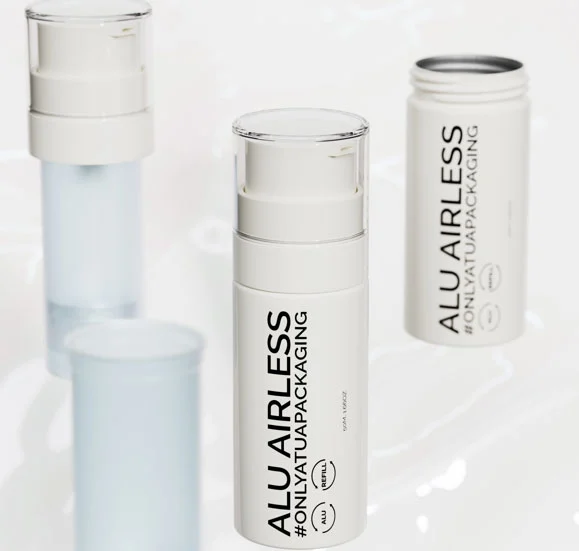
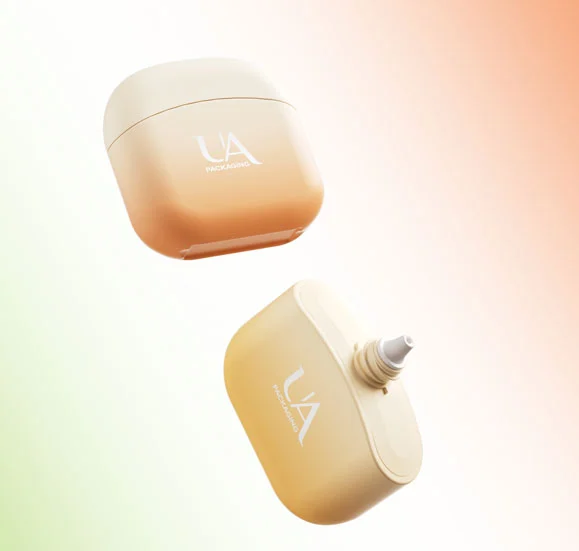
_20250428095135.webp)
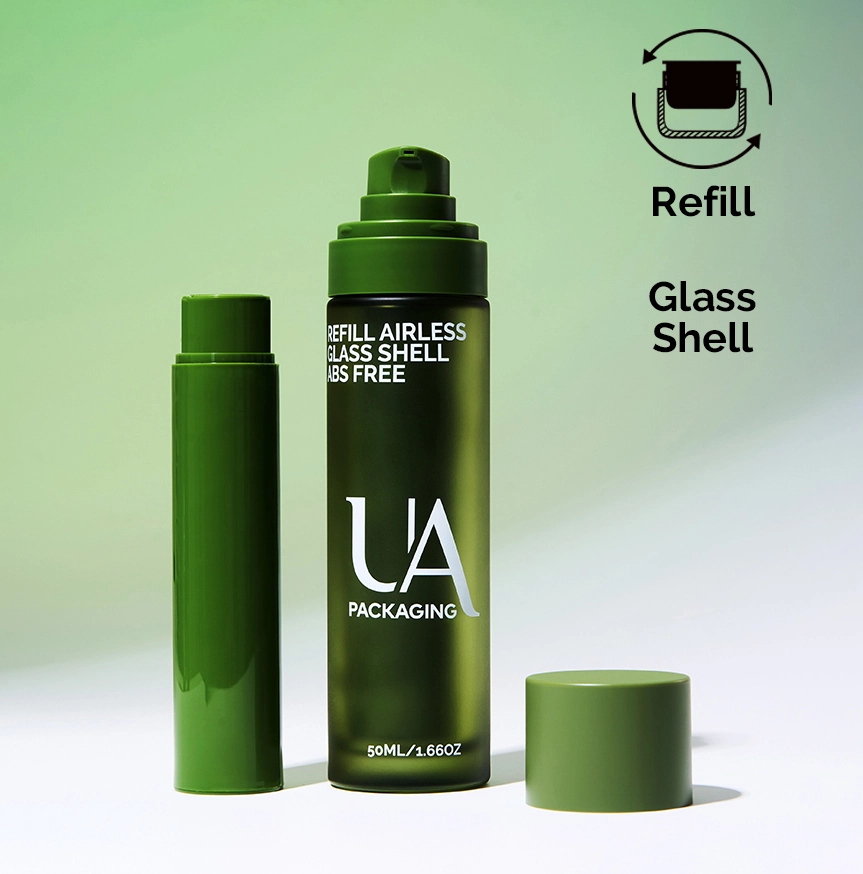
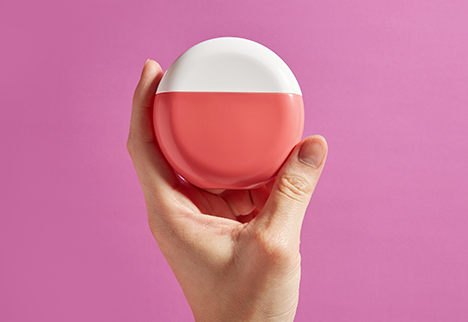

 English
English  français
français  Español
Español  italiano
italiano 